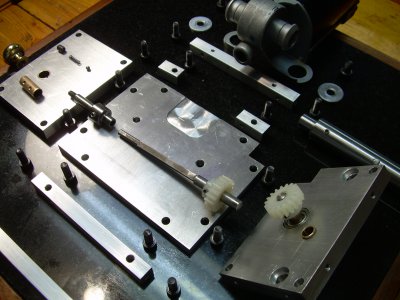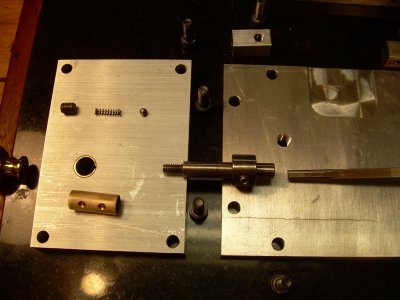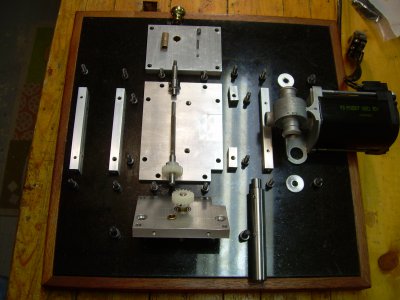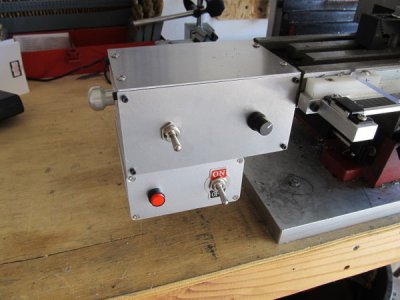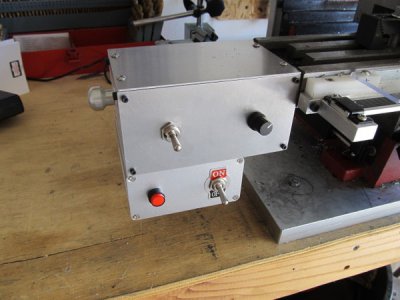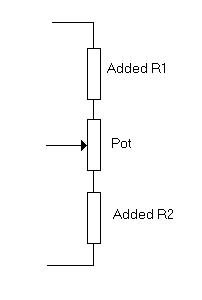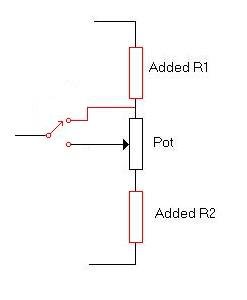W
WMello
Forum Guest
Register Today
Hi Ferlum, thank you.
I turned a portion of the square bar (4 mm key stock) round, then drilled the round 1/4 inch shaft to match. Used loctite and the pin that locks the gear also locks the two shafts. On the other end, the shafts are secured with a #6 set screw.
Wagner
I turned a portion of the square bar (4 mm key stock) round, then drilled the round 1/4 inch shaft to match. Used loctite and the pin that locks the gear also locks the two shafts. On the other end, the shafts are secured with a #6 set screw.
Wagner
Last edited by a moderator:


